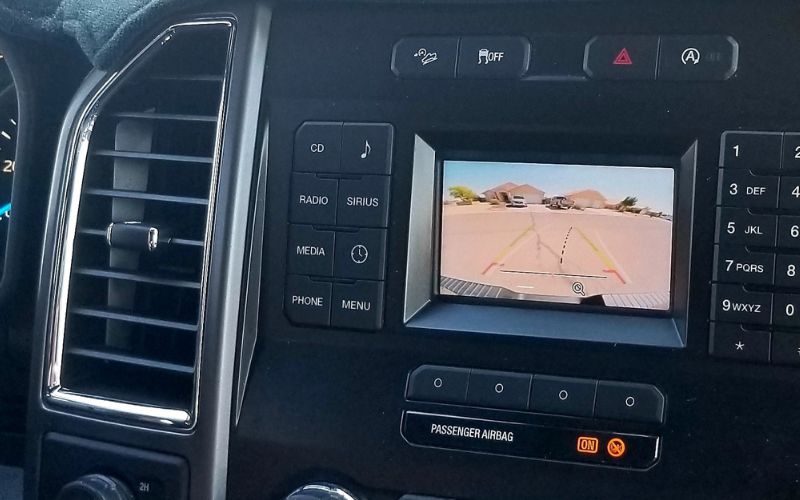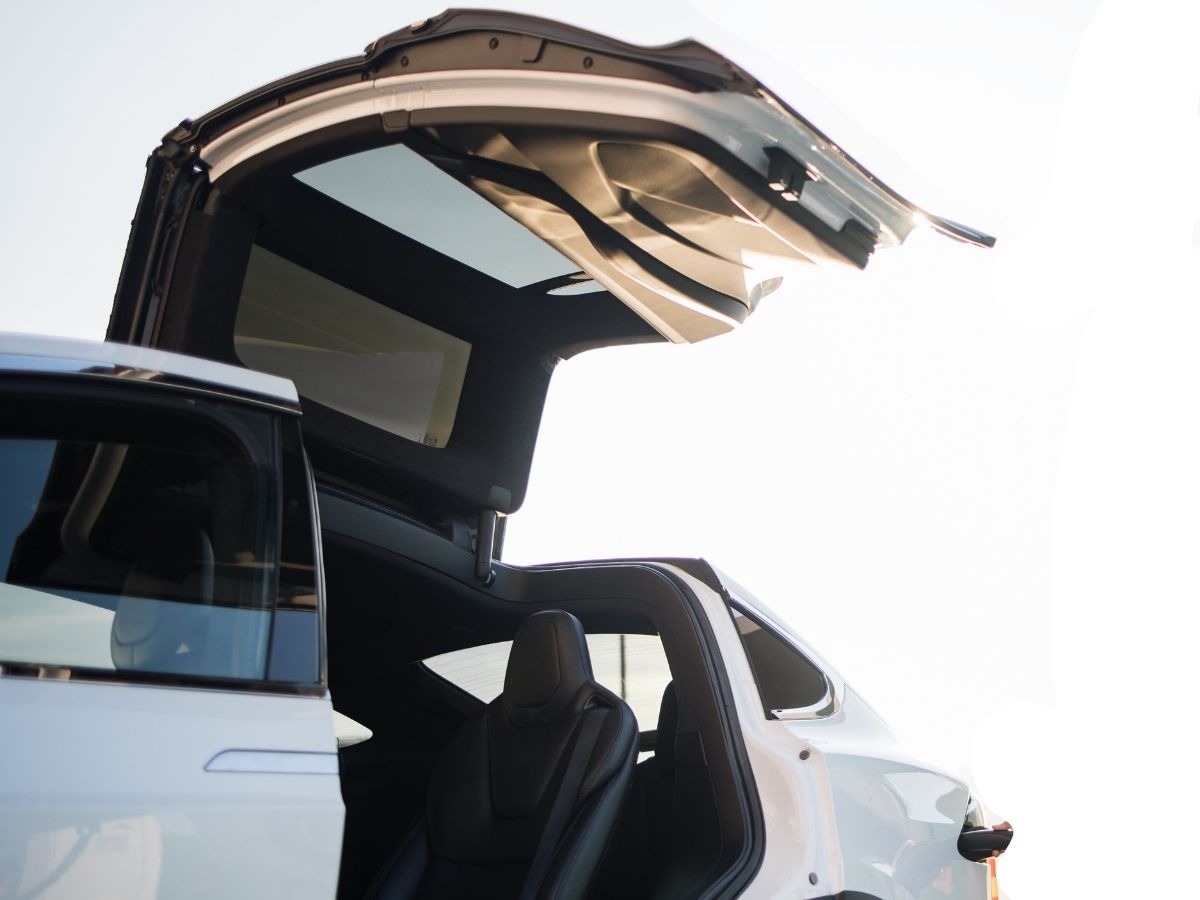Different Types of Class III automotive recalls and common examples
Automotive recalls are a common occurrence in the automotive industry. In the United States alone, thousands of cars are recalled every year due to various reasons. Class III recalls are considered the least serious type of recall and are issued when a vehicle or its equipment has a defect that does not pose a risk of injury or death. In this article, we will discuss the different types of Class III automotive recalls and provide some common examples.
Types of Class III Recalls:
Emissions Defects:
Emissions defects can affect the environmental performance of a vehicle, particularly in terms of its impact on air quality. In some cases, the defect may be due to a malfunctioning component such as the oxygen sensor or catalytic converter. In 2018, Mazda issued a recall for over 270,000 vehicles due to a potential defect in the engine control module that could affect the emissions performance of the vehicle.
Labeling Defects:
Labeling defects can result in confusion or incorrect information being provided to the driver or mechanic. In some cases, the defect may be due to a misprinted or incorrect label, while in other cases, it may be due to a missing label. In 2019, Tesla issued a recall for over 15,000 Model X vehicles due to a missing label that provided information about the second-row seats.
Fuel Efficiency Defects:
Fuel efficiency defects can affect the performance of a vehicle in terms of its fuel economy. In some cases, the defect may be due to a malfunctioning component such as the fuel injection system or air filter, while in other cases, it may be due to a design flaw. In 2015, Hyundai issued a recall for over 500,000 vehicles due to a potential defect in the engine control module that could affect the fuel efficiency of the vehicle.
Common Examples of Class III Recalls:
Toyota RAV4 Recall:
In 2019, Toyota issued a recall for over 14,000 RAV4 SUVs due to a potential defect in the backup camera system. The defect could cause the camera to malfunction or display a blank screen, affecting the driver’s ability to see behind the vehicle.
Subaru Impreza and Crosstrek Recall:
In 2019, Subaru issued a recall for over 400,000 Impreza and Crosstrek vehicles due to a potential defect in the engine control module that could cause the vehicle to stall or hesitate while driving.
BMW X5 and X6 Recall:
In 2019, BMW issued a recall for over 9,000 X5 and X6 SUVs due to a potential defect in the rearview camera that could cause the image to be displayed in a distorted or inverted manner.
Class III automotive recalls are issued when a vehicle or its equipment has a defect that does not pose a risk of injury or death. Emissions, labeling, and fuel efficiency defects are some of the most common types of defects that can result in a Class III recall. The Toyota RAV4 recall, Subaru Impreza and Crosstrek recall, and BMW X5 and X6 recall are some of the most significant and well-known Class III recalls in automotive history. As a car owner, it is essential to check for recalls that may affect your vehicle frequently and to take immediate action to address any potential issues, regardless of their severity level.










